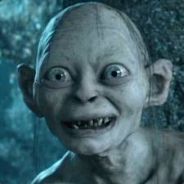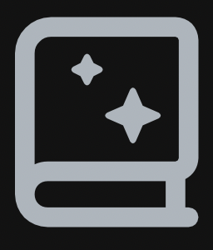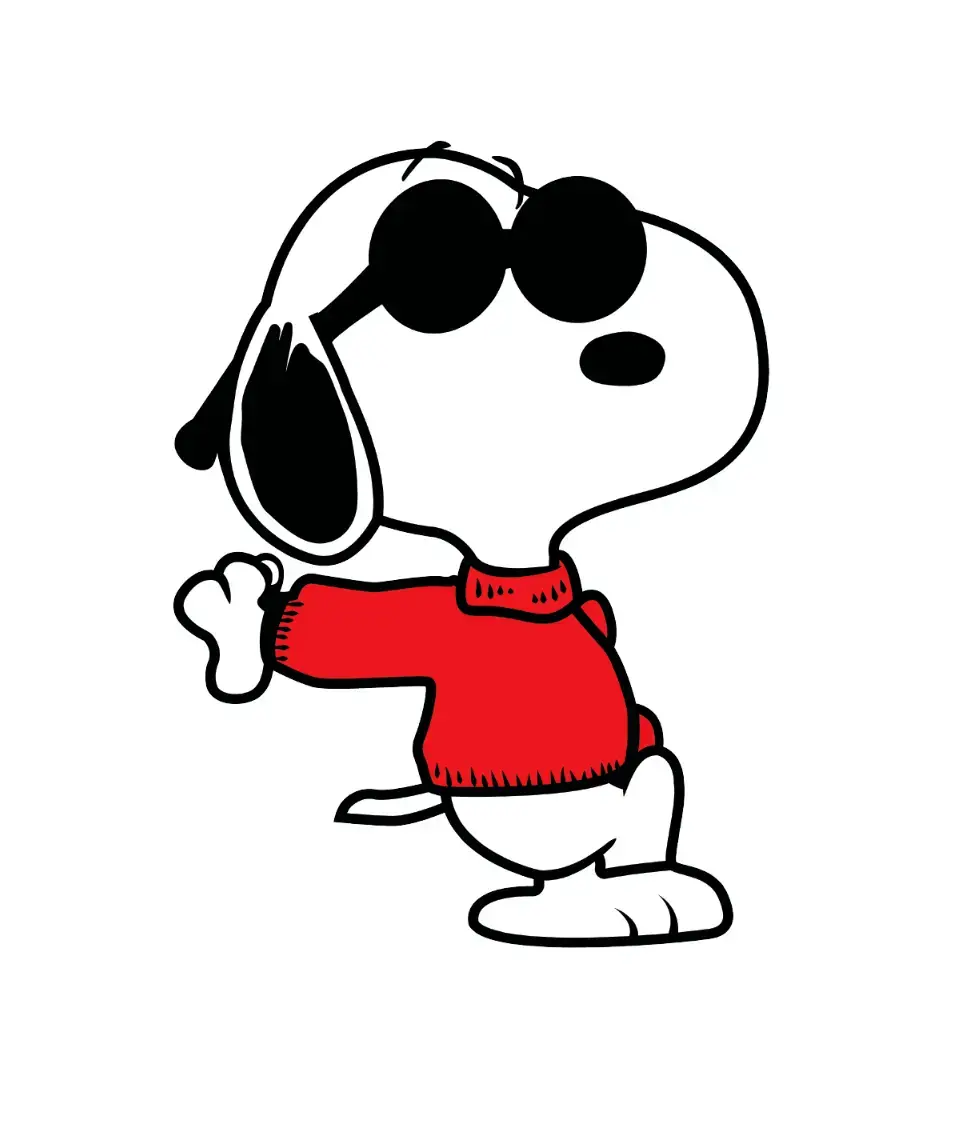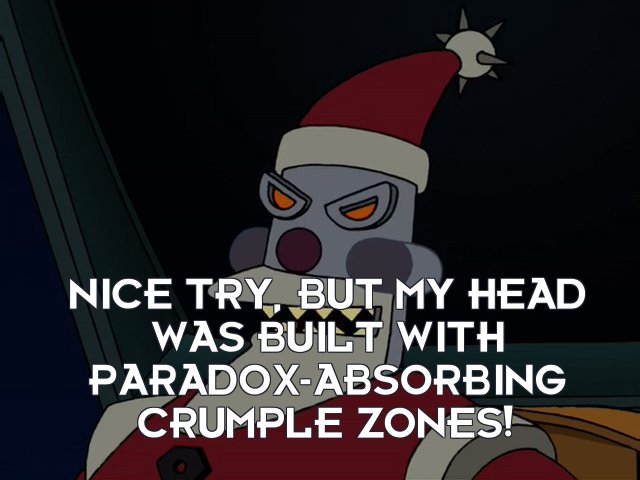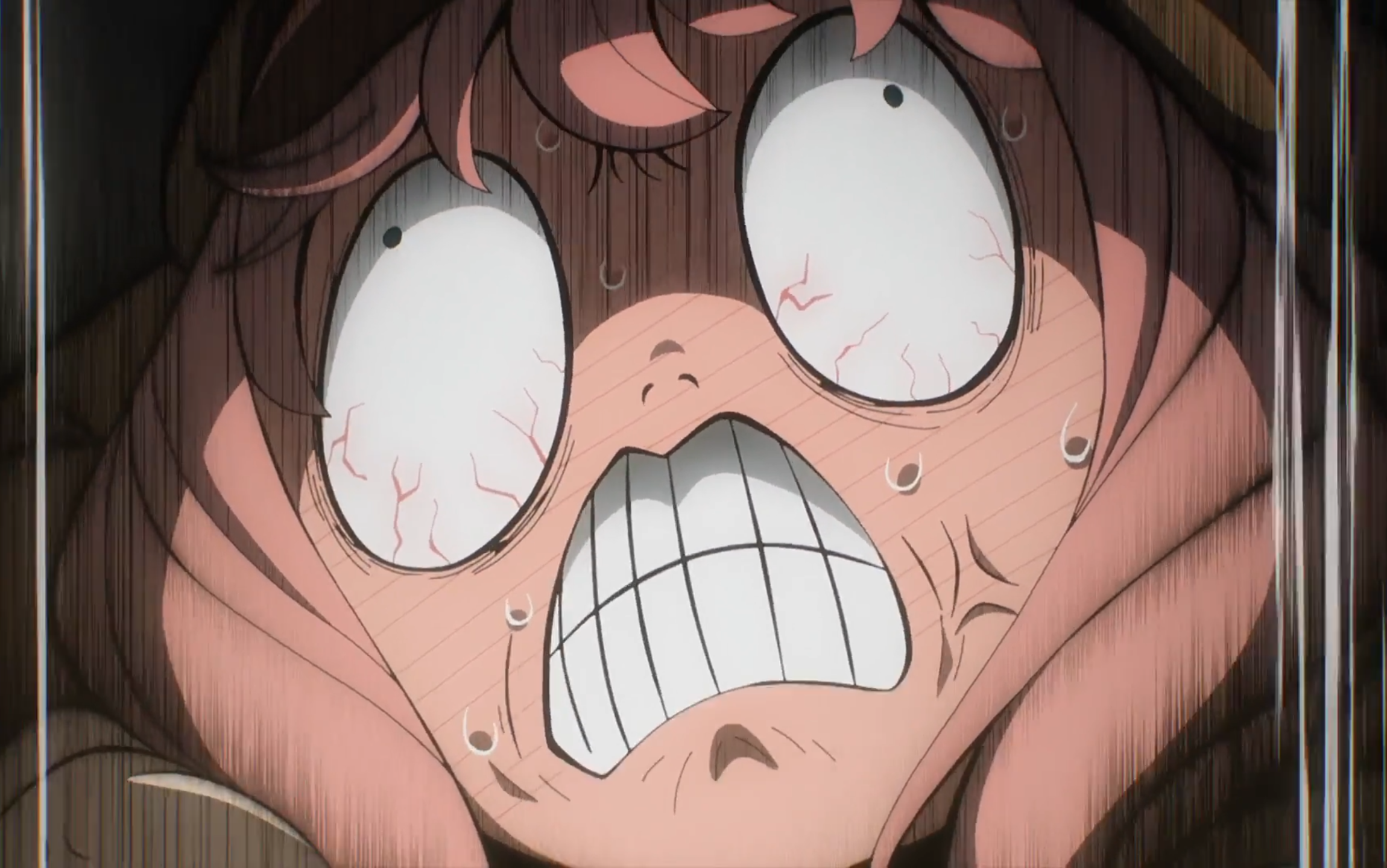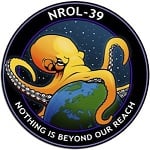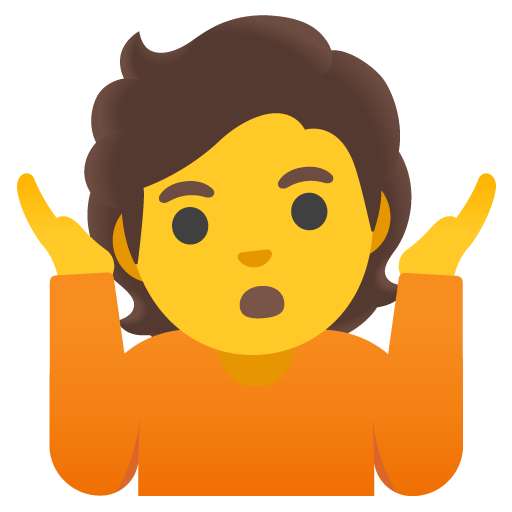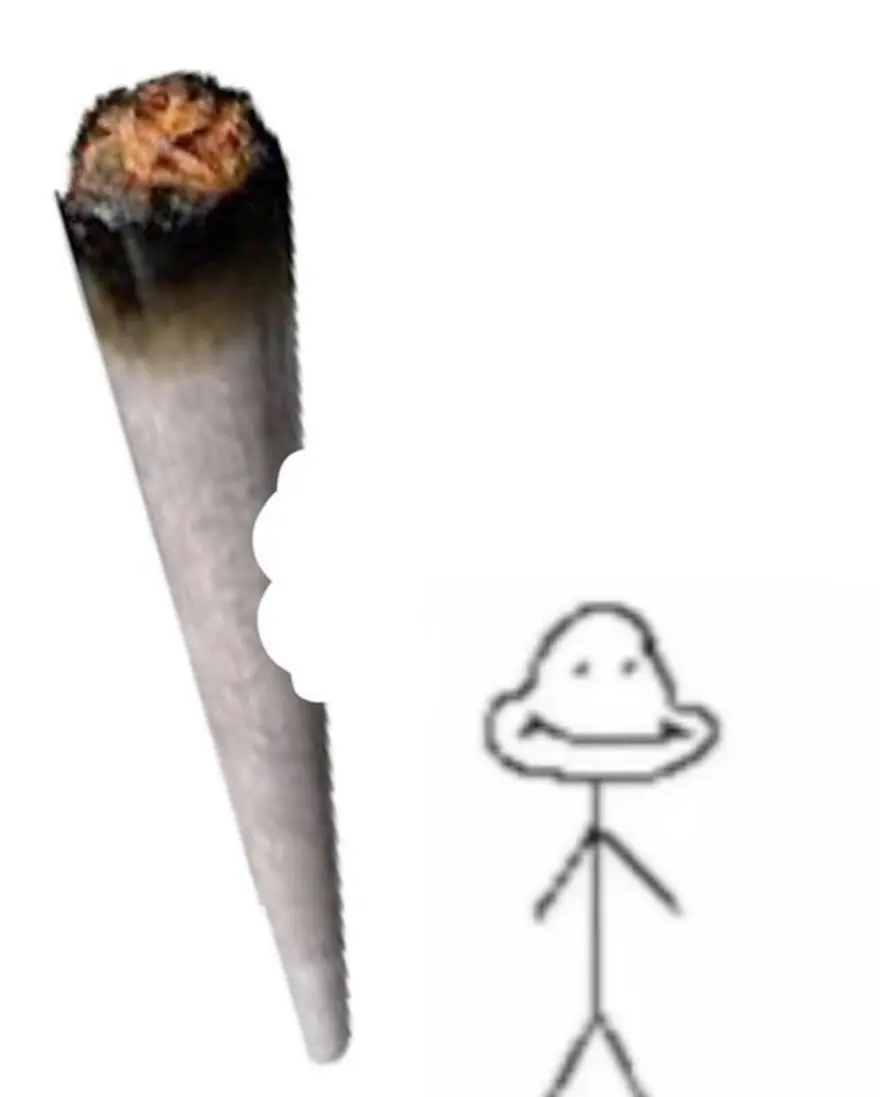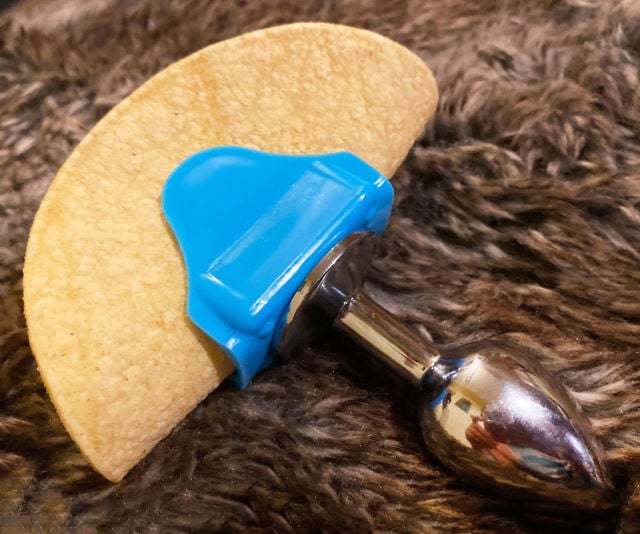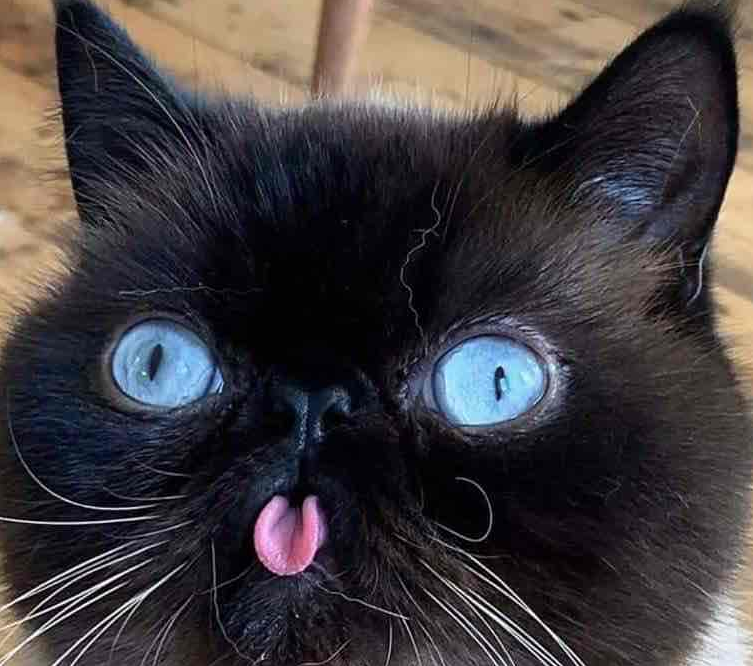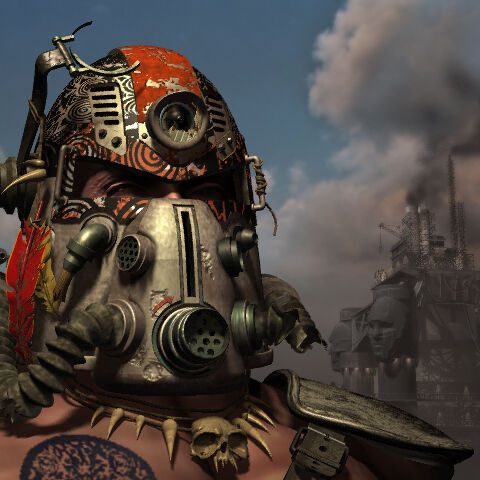deleted by creator
deleted by creator
So then shouldn’t it be 100%?
More like 0%
Or both
42
Damn hitchhikers.
But what’s the question?
What is six times nine
Close, but nah, it’s the meaning of life
nuh uh, it’s the answer. to life, the universe, everything! Um, but what’s the question?
Pick a number. Any number.
how many roads must a man walk down?
This is a self-referential paradox — a classic logic puzzle designed to be tricky. Let’s break it down:
Step-by-step analysis:
-
How many choices? There are 4 possible answers, so if we pick one randomly, the chance of picking any specific one is 1 in 4 = 25%.
-
How many answers say “25%”? Two.
-
That means the probability of randomly choosing an answer that says “25%” is 2 in 4 = 50%.
-
But if the correct answer is 50%, then only one option says “50%” — which is ©. So the probability of picking it at random is 1 in 4 = 25%, contradicting the idea that 50% is correct.
-
If the correct answer is 25%, then two options say that — a and d. So the chance of picking one of those at random is 50%, not 25% — again a contradiction.
-
Similarly, if 60% is correct (only one option), then the chance of picking it randomly is 25%, which again makes it incorrect.
Conclusion: Any choice leads to a contradiction. This is a self-referential paradox, meaning the question breaks logical consistency. There is no consistent correct answer.
I would think that if you truly pick at random, it’s still a 25% chance no matter how you cut it
dontthinkaboutitdontthinkaboutitdontthinkaboutit
…so like, which one you picking?
E.
©
You had to show off, huh
™
The comment - which isn’t edited - uses
(c).Whatever client you use replaces/renders © [bracket c bracket] as ©.
Huh. I think it was just the web version of Lemmy. Weird choice by the Lemmy devs.
deleted by creator
Chatgpt ass answer lmao
The © gave it away
The em dash is a dead giveaway as well
Y’all have got to stop this shit. Real people use real grammar.
I use em dashes all the time, but I don’t put a space on either side—I feel like that’s not the correct way to use one. If it is, I don’t wanna be correct.
I concur with this.
Heyo yee em—comrade
I used to use em dashes all the time and now I find myself rethinking my writing styles because of people like you and it’s obnoxious.
AI has put me off writing lists.
I try to use em dashes when I can, but I think they’re used wrong in the comment above (IIRC they’re not supposed to be surrounded by spaces, but I could be wrong). What tips me off is the unambiguously “LLM” narrative voice and structure (“let’s break it down”, followed by an ordered list). Not that a human can’t type that, but sometimes it seems like ChatGPT is incapable of spitting out words in any other structure.
You’re right, en dashes would have been fine there. Em dashes don’t get spaced—and have specific grammatical uses too.
counter—point ; noone will accuse u of being a Ai if your grammer is shitte in a precise mannor , thou they will gouge ther I:s out when trying to reed it
actually come to think of it, aren’t homophones/alternate spellings a pretty good way to avoid AI stuff? since they have absolutely no concept of the sounds words make. though i suppose it’ll only work until the models get trained on that data…
That’s whatever browser or app you’re using. It rendered as © for me… Bracket, c, bracket
Well, parenthesis, and parenthesis, but yes
Parentheses can also be called (round) brackets, especially in the UK
ah, TIL, thanks
Can’t tell if serious because entering ( c ) without the spaces is © in Firefox and other browsers.
Is it because the other letters don’t have brackets? I don’t use AI to know if that is a thing.
©
(c):O
deleted by creator
haha yeah, I knew it at the “let’s break it down:”
I was like… I know this voice…“Conclusion:” was the final nail in the coffin
The motivation to do so confuses me. There’s no karma to farm here.
Why not? Here upvotes do the same as karma in reddit. Absolutely nothing.
Eh. On Reddit, karma was intended as an indicator of quality and authenticity. It was heavily flawed and abused by bots and propagandists.
It’s still providing a correct explanation to people, I guess
Got it right though
-
100 **** percent, i’m all in!
Can I take a 50/50 joker first?
33% innit
iis
It is 33% if the answer itself is randomly chosen from 25%, 50%, and 60%. Then you have:
If the answer is 25%: A 1/2 chance of guessing right
If the answer is 50%: A 1/4 chance of guessing right
If the answer is 60%: A 1/4 chance of guessing right
And 1/3*1/2 + 1/3*1/4 + 1/3*1/4 = 1/3, or 33.333…% chance
If the answer is randomly chosen from A, B, C, and D (With A or D being picked meaning D or A are also good, so 25% has a 50% chance of being the answer) then your probability of being right changes to 37.5%.
This would hold up if the question were less purposely obtuse, like asking “What would be the probability of answering the following question correctly if guessing from A, B, C and D randomly, if its answer were also chosen from A, B, C and D at random?”, with the choices being something like “A: A or D, B: B, C: C, D: A or D”
Selecting not at random, A xor D must be correct, because the answer key can only have one correct answer so even duplicate right answers must also be wrong.
It asked for whether the answer is correct not whether it lines up with the answer sheet.
It’s annoying that 25% appears twice. How about these answers:
a) 100%
b) 75%
c) 50%
d) 0%
That’s why we’re making fun of it though
Granted, it is more fun to have more answers involved, but 2 identical answers immediately gives it away as fake.
The answer is clear
When in doubt, C it out.
It was only the next day that I returned to this post realising that “this question” isn’t even defined.
This is a paradox, and I don’t think there is a correct answer, at least not as a letter choice. The correct answer is to explain the paradox.
You can rationalize your way to exclude all but a last answer, there by making it the right answer.
Like, seeing as there are two 25% options, so there aren’t four different answers, which means there isn’t a 25% chance. This lead to there only being two options left 50% or 60%. This would seem to make 50% the right answer, but it’s not, because you know the options, so it’s not random, which in turn means you’re not guessing. So you have more that 50% chance of choosing the right answer. So 60% is the closest to a right answer, by bullshitting and gaslighting yourself into thinking you solved question.
Having been to school I know a teacher did not read this question so tge answer is probably A, B, C, or D. Chosen randomly of course. But you will get credit for 3/4 answers as long as you take the time to talk to the teacher during office hours.
I would think a b c d so 25% O he made a mistake znd forgot to take the bubble answer out. Now we only can pick between aord b c so it would be 33%
Seems my logic is wrong iff i read the rest
B) 60% because I’m generally very lucky.
C, which means A or D, which means C, which means…
Lisa stays home?
